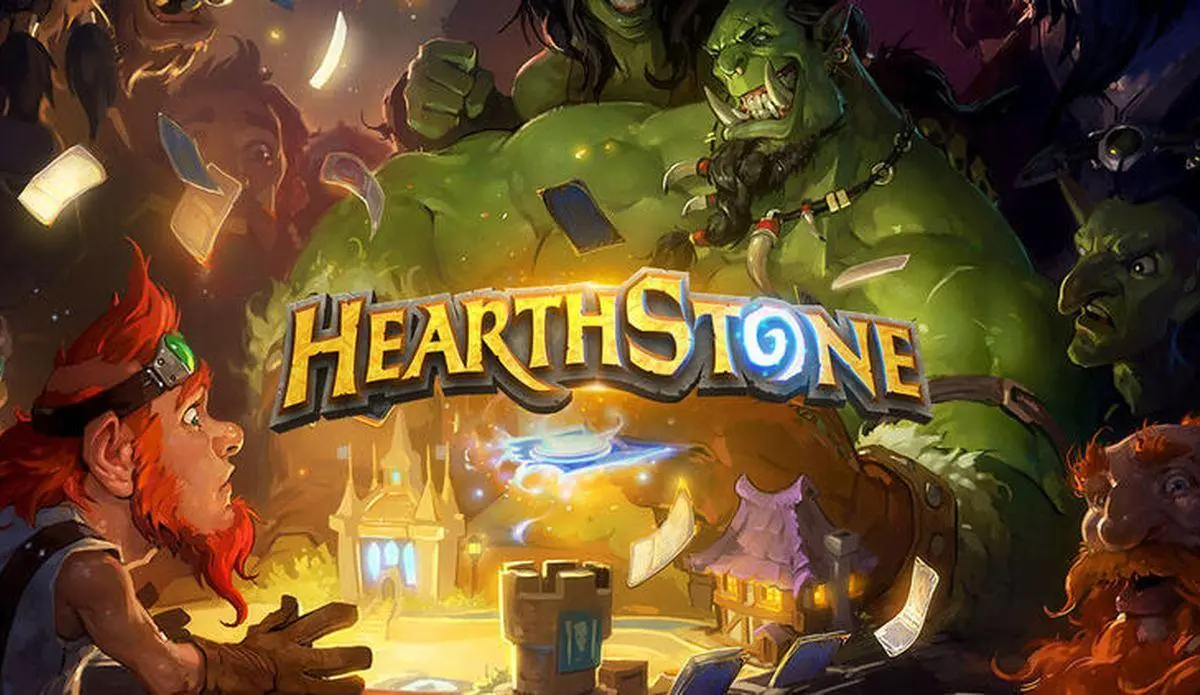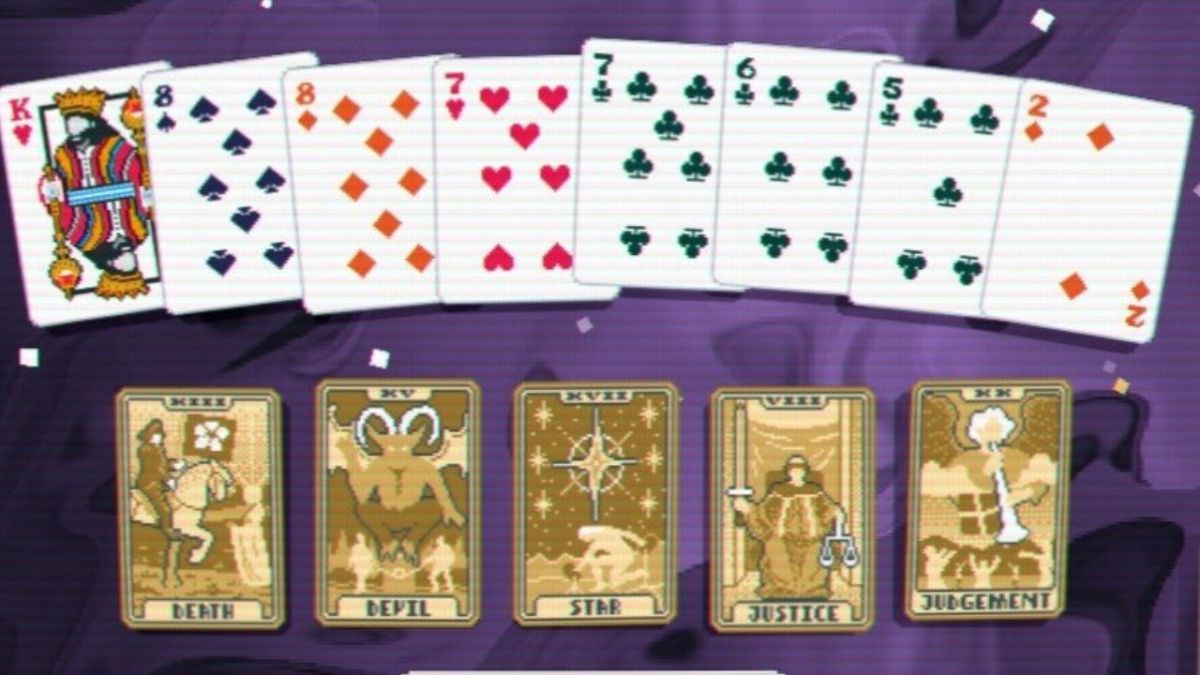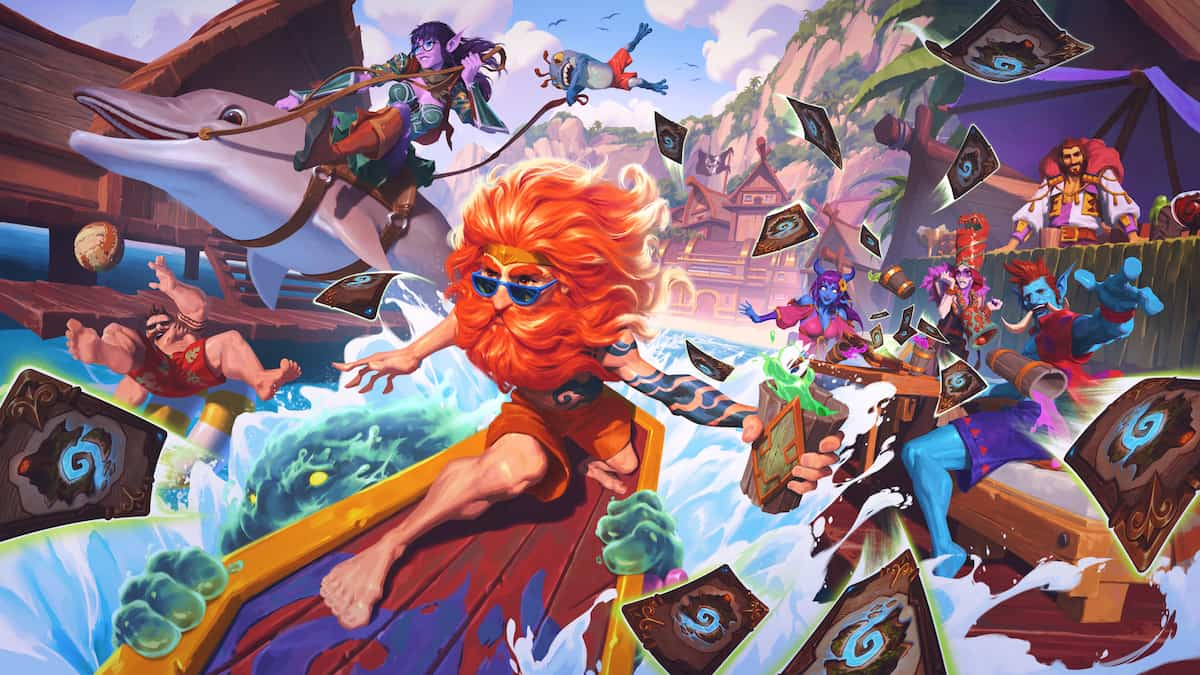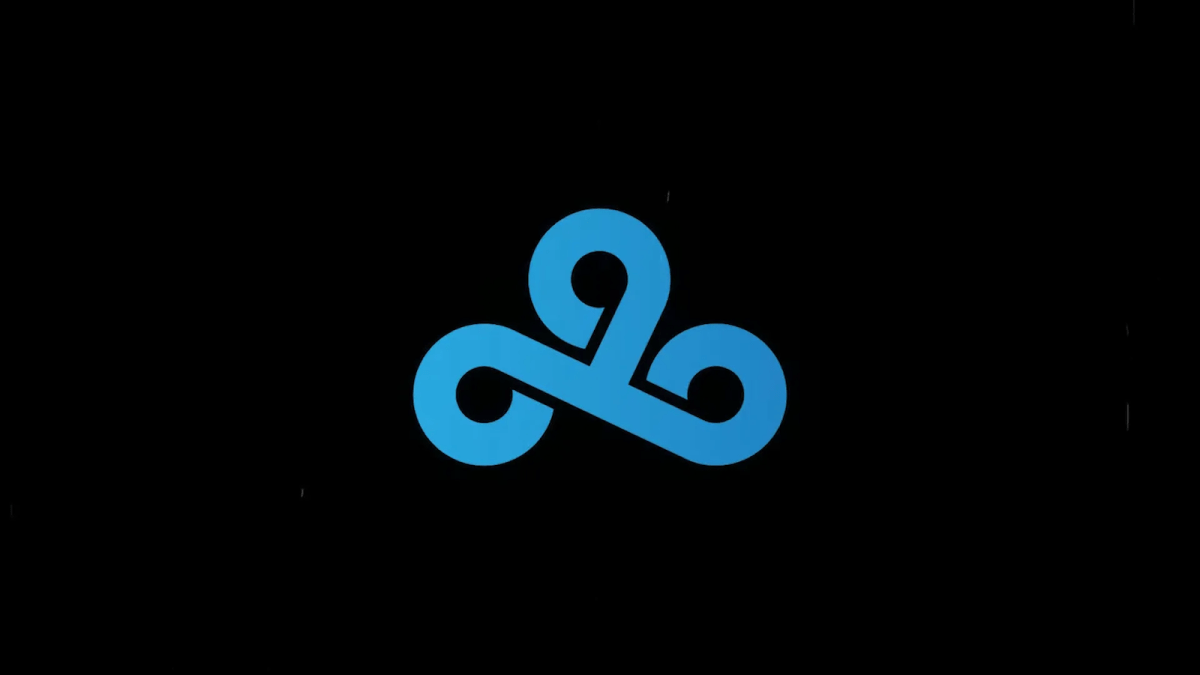It’s hard to believe it’s been over ten years since the original release of Hearthstone, a Blizzard side project that turned into a money-printing juggernaut that single-handedly launched a new generation of digital collectible card games.
To this day, it remains on top of an admittedly much-diminished genre of games, but the constant power creep of the past few years and the ever-increasing tech debt makes it somewhat hard to recommend as a long-term commitment. Still, it’s heartening and fun to watch someone discover the game for the first time, even to this day, and there is simply so much to do that you simply won’t find anywhere else.
I have been playing the game since its open beta, hopping back and forth across the various game modes as my interest and enjoyment ebbed and flowed over the years. The landscape is very different today than it was back then, and the game’s identity is much different than it once used to be. Whether you’re an oldtimer or a prospective newcomer, some pointers can’t hurt—so here are all the game modes of Hearthstone available at the time of writing, organized by the level of priority they’ve been receiving by the developers in terms of polish and updates across the last few years.
Is Hearthstone pay-to-win (P2W) in 2023?
At its launch, Hearthstone’s economy incorporated almost all the trappings of collectible card games and combined it with the predatory elements of modern free-to-play games. Unlike a physical card game like MTG, there is no secondary market, meaning if you want to get a card, you need to either open it from a pack or craft it with Arcane Dust you’ve earned by disenchanting excess copies of other ones at just one-fourth of their actual value.
This core system has stayed in place, but many improvements have been made in the intervening years. Instead of the Classic set, which was mostly set in stone, there is now a rotating yearly core set of cards, which is made available for free for all players for the time they’re available in Standard. There is also duplicate protection in place now, meaning you can’t open excess copies of cards you already own. A revamped rewards track system and a steady trickle of seasonal events also add more resources as you play.
Related: Is Hearthstone down? Here’s how to check Hearthstone server status
There is a caveat: all these positive changes have been coupled with a significantly faster cadence of content releases. With three regular sets and three mini-sets a year (the latter still purchasable at a good value with gold currency), it takes a lot of time, effort, and/or money to keep up, especially if you’re looking to play one of the regularly rotating formats.
The game also added Runestones, one of those predatory premium currencies that are so common in mobile games. It’s nothing new, nor is it anything useful: you need to buy bundles of the stuff with real money and then make purchases that don’t quite match the bundled totals.
There is no consumer benefit to the system, and it’s really a sign of aggression and desperation on the part of the bean counters.
The pay-to-win question, of course, makes no sense. We can debate the definition, but there is no denying that any player can craft any deck, and there are no exclusive upgraded cards with superior stats that are only available for real money. Will you have fewer options and variety as a free-to-play player? Will it involve a lot of grind to keep up? Absolutely. But you will always be able to get a high-level competitive deck with the exact 30-card list you’re looking for. At the time of writing, the only content piece that is genuinely paywalled is the battle pass for Battlegrounds, the game’s autobattler mode, which does offer a selection of four heroes instead of two, bringing a minor competitive advantage. It is priced at 1,500 Runestones, or $14.99 or your currency equivalent. I have never bought it, just on principle.
Not that any of this matters a lot: competitive play across all game modes is essentially dead.
Hearthstone’s game modes in 2023: an overview
Constructed (Standard, Wild, and Twist)
The main game mode of Hearthstone is the collectible card game portion, with various rulesets governing which cards you can add to your 30-card deck. Standard is the main format, with the largest player base and the most common updates and content releases.
Wild, meanwhile, allows you to play any card ever printed in the game, with a few exceptions that were outright banned. You might think that this would be the more expensive format to keep up with, but that isn’t actually the case—since good cards don’t rotate out, decks and archetypes have much more staying power than in Standard, allowing you to make use of your full collection across the years.
Twist is a new addition to Hearthstone, the replacement to Classic mode, which, much like World of Warcraft Classic, offered an opportunity to play the game exactly as it was in 2014. I had much more fun with it than the current-day editions and was quite sad to see it go, even with all the bots and “barcode accounts” infesting it at a late juncture.
The individual power levels of cards continue to rise rapidly, and the addition of a tenth and eleventh class (Demon Hunter and Death Knight, with likely more to come) was at the expense of the neutral card pool, another element damaging the game’s free-to-play component.
Moreover, the devs consciously changed their approach to card design; releasing super-powerful cards and reining them back with a patch if needed. While you could argue this is more in line with modern game design, it makes me feel like an unpaid beta tester. All in all, expect more power outliers and faster changes than before.
Battlegrounds
Much like the original game itself, Battlegrounds began as an experimental side project that turned into a runaway success, an accessible yet quite deep take on the then-emerging autobattler genre—so much so that it changed the entire direction of how the game was developed, with the higher-ups trying to chase the same high by attempting to turn the Hearthstone into a game hub with a variety of separate modes.
As mentioned above, this is the only mode with a genuine, if minor paywalled component, and it’s no secret the devs struggled to monetize an otherwise hyper-successful mode.
Battlegrounds is fun in small doses, built on the same sort of simple yet strong foundation that propelled the original game to its heady heights. Its complexity at high levels does match what its genre rivals have to offer, but the fragility of its Unity client and the devs’ aforementioned tendency to release broken content does limit its long-term enjoyment potential.
As with everything else in Hearthstone, its casual spectacle element is unmatched. High-level competitive play, however, is a red-headed stepchild.
Solo adventures
The wide variety of PvE content in Hearthstone is an underappreciated aspect of the game, and delving into the archives can be quite fun for newcomers, especially if they are not keen on competitive play or amassing a large collection.
With archives available all the way from The Curse of Naxxramas to The Book of Mercenaries, you can spend years playing Hearthstone without ever playing against another human. The card-based roguelikes, like the original Dungeon Run and The Dalaran Heist, are special highlights. You can find puzzles, dungeon raids, story-based experiences: while the AI is awful, arguably this is where Hearthstone’s wacky design shines the most, and it’s well worth checking out on its own.
Arena
Of all the modes in Hearthstone, Arena has stayed the closest to its original interpretation a long decade after the title’s original release. Draft a collection of cards by picking one of the three random offerings, then repeat the process thirty times to build a deck. Three losses, and you’re out—twelve wins, and you get the big prize.
This isn’t to say the game mode is immune to the issues plaguing Constructed play. When you only draft from Standard sets, the card pool is small, and the decks are same-y. If old sets are also in play, then the growing power disparity means that you often just can’t compete if you don’t get the new cards. The win rates wildly swing between classes, and the adjustments made to offering rates are not displayed everywhere, forcing you to scour third-party sites if you want to do well. Again, it’s not worth the effort-
Hearthstone now has a dedicated Modes team, but their efforts are divided between Arena and all the game modes below, and they’ve been working through the release of Twist for the majority of 2023. While we can expect a slightly higher cadence of updates, Arena has never been a priority and likely never will be. At least it does remain the best way to grind gold if you’re a strong player. There could be a causal link here.
Duels
The roguelike solo content was so popular that the devs turned it into its own PvP mode, with the highest power levels present in the game. Truth be told, it’s a mess. With little success or effort made in balancing the mode, it’s essentially been gutted in a recent update as the offered card buckets have little synergistic properties and seem to be data-driven rather than handmade, significantly souring the experience. It remains in beta despite its late 2020 release.
Tavern Brawl
Tavern Brawl is the game’s weekly fire-and-forget mini-mode with often-recycled alternative rulesets of limited appeal, mostly revolving around wacky random hijinks. The main appeal is the free card pack on offer for your first win: otherwise, there is very little reason to return. (Yes, I’m still salty to this day that the devs opted to prioritize this over a tournament mode, which has not been implemented ever since and likely never will be now).
Mercenaries
Last, and certainly least, there is Mercenaries, a poorly thought-out, undercooked attempt to bring a poor man’s version of a gacha game to the Hearthstone client, which was originally promised to be a mix of Slay the Spire and WoW raiding.
I see the entire genre as a predatory grindfest, but even if you are interested in this sort of a game, there is no reason to play Hearthstone’s interpretation of it, with uninspiring graphics and gameplay underpinned by an awful monetization system. The project was a complete failure, and it was entirely abandoned in Feb. 2023, just a year and a half after its launch in Oct. 2021.
Conclusion—Hearthstone in 2023: a flawed mobile-focused sugar rush with tons of free content to try
Modern Hearthstone is much more like a mobile game than its original interpretation, with non-stop in-game events, constant updates, aggressively pushed bundle purchases, and a predatory premium in-game currency. Still, its tone and presentation remain unmatched in the genre, and if you’re going into the experience with a clear eye (meaning you’re not looking to take it seriously), it can still be a ton of fun.
Furthermore, the Unity client was initially meant to be a temporary measure and definitely wasn’t envisaged for over ten years’ worth of content. There’s a lot of creaking going on under the hood, and bugs are becoming more and more common.
For deep and competitive play, this is not the place to be, but if you’re looking for casual fun with wacky effects, Hearthstone remains the best in the business, even if it is no longer what it used to be.







Published: Jul 31, 2023 09:17 pm